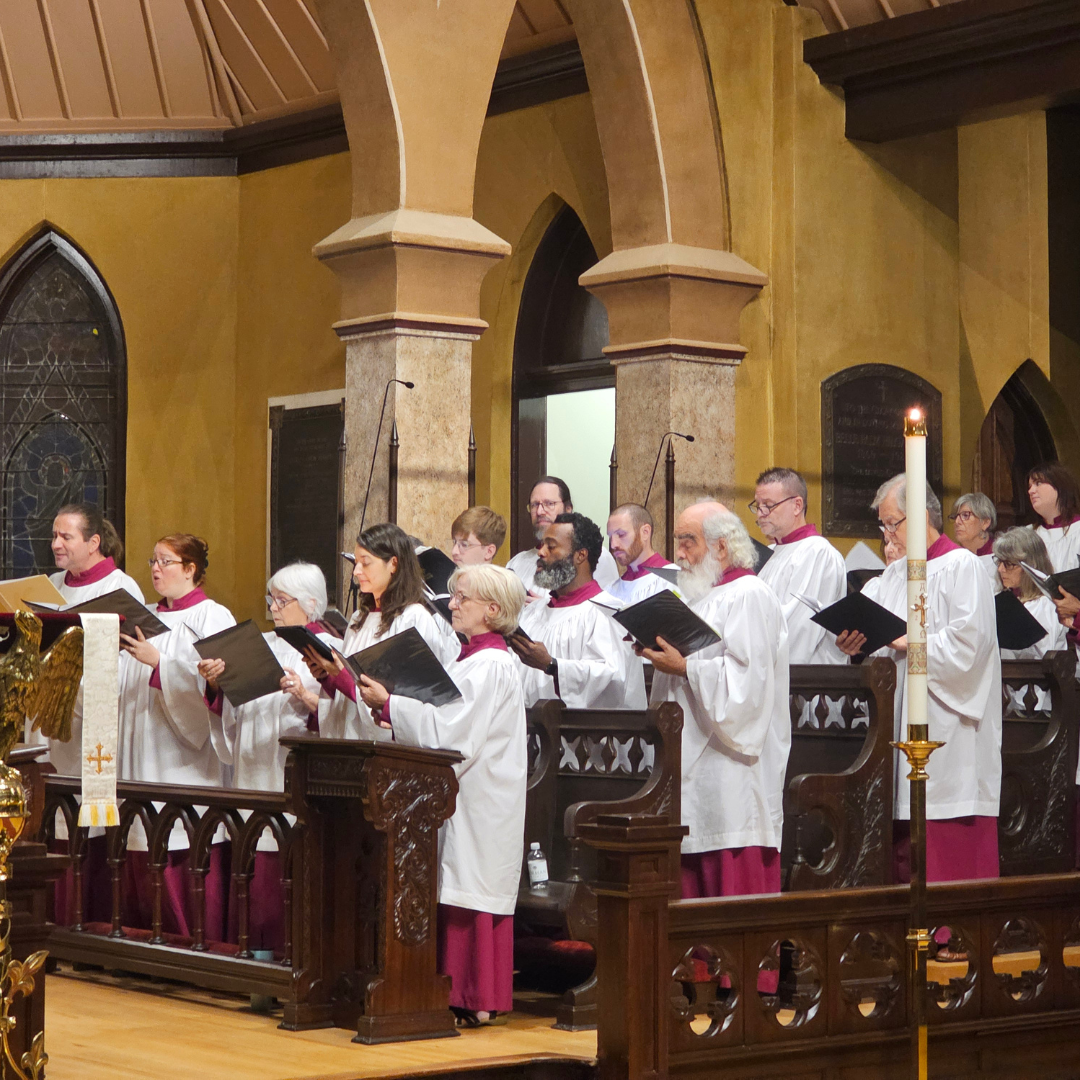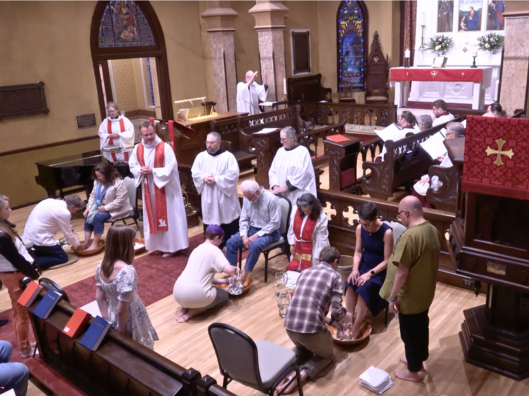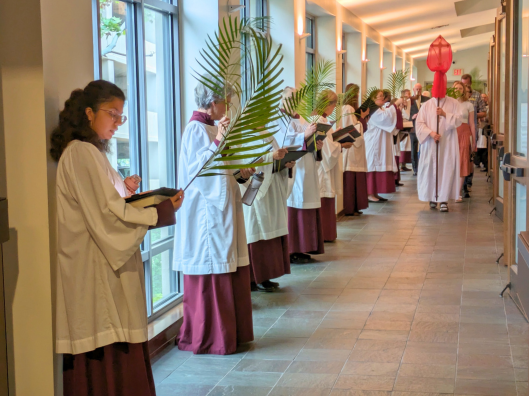
This Sunday two accounts of being called by God, set in outwardly disparate circumstances, invite us to reflect on the ways in which we see and hear the divine; choral settings of two hymns inspired by these accounts offer fresh perspectives on these texts.
The divine vision recounted in Chapter 6 of the Book of Isaiah is an overwhelming one, awash with the details which one in Isaiah’s day or ours might expect in a glimpse of heaven: the Lord enthroned on high, attended by angels, smoke, and thunderous voices proclaiming unceasingly the holiness of God. This kind of vision is found elsewhere in prophetic and apocalyptic Biblical literature and informs the shape, experience, and understanding of our Eucharistic liturgy: we join in this very song, this selfsame action of profound worship as we approach the altar.
‘Holy holy, holy! Lord God Almighty!’, the best-known of Reginald Heber’s texts and one of the most popular of all Protestant hymns, is based on Revelation 4, the other biblical appearance of the thrice-holy hymn. Heber’s text is full of threefold groupings; the outer stanzas end with a Trinitarian acclamation, while the inner ones end with other triads: ‘which wert, and art, and evermore shalt be’; ‘perfect in power, in love, and purity’. We will sing this hymn to the music written for it [362] by John Bacchus Dykes, a 19th-century English clergyman and prominent church musician. The choir, however, will also present it set to music by Russian composer Pyotr Ilyich Tchaikovsky, music originally written to set the ‘Cherubic Hymn’ sung at the Offertory in the Orthodox liturgy.
The circumstances of Sunday’s Gospel account seem at first radically different from Isaiah’s: rather than angels and incense and the heavenly throne, we have a crowd at a lakeshore and some ordinary fishermen, and Jesus simply teaching the people hungry to hear him. Nevertheless an unexpected catch of fish leads Simon to recognize something special about Jesus, such that he, like Isaiah, is convicted of his own imperfection: ‘Go away from me, Lord, for I am a sinful man!’ And like Isaiah, Simon and his partners James and John are not only called, but also answer that call in the affirmative.
‘Tú has venido a la orilla’, the best-known of hundreds of religious songs written by Cesáreo Gabaráin, a Spanish Basque Roman Catholic priest, casts the singer as one of those by the Sea of Galilee whom Our Lord called to follow him. The would-be disciple, really seen and known, responds out of their poverty, with only their ordinary work, their simple tools, their tired hands, their relentless love to offer – and knows that this is enough with which to answer the call. My setting attempts, I might say in retrospect a year after writing it, to marry the simple (but far from simplistic) sentiment of the song as it stands, to a sense of the awe that Simon felt, and we feel, in the presence of Our Lord: awe at the compelling power of a simple encounter, at unexpected abundance, at the grace of God that empowers us, even and precisely in the face of our own inadequacy, to step forward and say ‘Here I am: send me’.
The juxtaposition of these two accounts suggests that the two settings are not so different after all, that the heavenly and the earthly, or the exalted and the everyday, are two aspects of the same reality: dazzling circumstances invite adoration but also engender a call to be sent out; a call can come in a quotidian setting, but so can recognition and worship of the divine. Both the urge to worship and the call to share the wonders we have seen are encapsulated in our closing hymn [535]: ‘Then let us adore, and give him his right’; ‘Ye servants of God, your Master proclaim, / and publish abroad his wonderful Name’.





Login To Leave Comment